Breast Cancer in Men

2. What is Breast Cancer in men?
3. Where does Breast Cancer start?
4. How does Breast Cancer spread?
5. What are the symptoms of Breast Cancer in men?
6. What causes Breast Cancer in men?
8. How is Breast Cancer diagnosed in men?
9. What are the stages of Breast Cancer in men?
10. What are the treatments for Breast Cancer in men?
Introduction
Breast Cancer is often considered a disease that affects only women. Although rare, men can also develop Breast Cancer. The incidence rate of Breast Cancer in men is 0.5%-1% of all Breast Cancer cases. According to the American Cancer Society (ACS), the lifetime risk of developing Breast Cancer in men is approximately 1 in 833. Breast Cancer may occur at any age in men, but it is more common in older men above 60 years of age. Diagnosis of Breast Cancer in men at an early stage has good chances for a cure.
Let’s have an in-depth understanding of the risk factors, causes, signs, symptoms, diagnosis, treatment, and prevention of Breast Cancer in men.
What is Breast Cancer in men?
Breast Cancer in men is a type of cancer that occurs in the non-functional milk ducts, glands, and breast tissues. Men’s breasts have fatty tissues, breast cells, and ducts. Breast tissues in men are similar to that of a pre-puberty girl. These tissues in men do not grow much because they have low levels of female hormones. Cancer develops when healthy cells grow out of control, forming a mass of cells called a tumor.
A tumor can be malignant or benign. The tumor is malignant if it grows and spreads to other parts of the body. On the other hand, a benign tumor can grow but doesn’t spread to other body parts. When Breast Cancer spreads to the other body parts through the lymph or blood, it is called metastasis.
Where does Breast Cancer start?
In men, Breast Cancer usually begins in the ducts that carry milk to the nipples or in the glands that make breast milk. These ducts and glands are present in men but are non-functional.
The cancers that grow into other breast tissues are sarcomas (cancer that develops into soft tissues such as fats, muscles, and deep skin tissues) and lymphomas (cancer that develops in the body’s immune system cells).

The most common kind of Breast Cancer in men and women are the same. These are:
- Invasive ductal carcinoma: This is one of the most common types of Breast Cancer in men. Cancer begins in the ducts and spreads beyond the cells lining the ducts. Invasive ductal carcinoma can metastasize to other body parts.
- Invasive lobular carcinoma: The cancer cells develop in the lobules and spread to the nearby breast tissues.
- Ductal carcinoma in situ; The cancerous cells grow in the duct lining and do not spread to other tissues in the breast. This type of cancer is not common in men.
- Inflammatory Breast Cancer: The breast tissues become swollen and red. There is no lump, but the skin may be dimpled and feel warm to the touch.
- Paget’s disease of the breast: The cancer cells begin in the ducts and spread to the area around the nipples.
How does Breast Cancer spread?
Cancer cells can spread by getting into the lymph system or the blood that carries cells to other body parts. Our lymph system consists of a network of lymph vessels. These lymph vessels carry a fluid called lymph away from the breast, and lymph contains waste products and tissue fluid. Breast Cancer cells start growing in lymph nodes by entering the lymph vessels. These lymph vessels of the breast channel in:
- Lymph nodes around, under, or below the collar bones
- Lymph nodes under the arms
- Lymph nodes inside the breast bone
The spread of cancer cells to your lymph nodes increases the chances of spreading cancer to other parts of the body. The presence of cancer cells in one or more lymph nodes affects the treatment plan, and surgery is required to remove such lymph nodes.
What are the symptoms of Breast Cancer in men?
The hardening of the breast, swelling, or changes in breast skin texture are the early symptoms of Breast Cancer in men. The sign and symptoms of Breast Cancer in men include:
- Breast lump: A lump or mass may grow in or near the breast or the underarm. Usually, it is hard and painless and does not move around. Small amounts of breast tissues in men make it easier to feel a small lump at an early stage of cancer.
- Nipple issues: The inward turning of nipples can be another sign of Breast Cancer. A clear fluid or bloody fluid discharge can occur from the nipples.
- The appearance of the breasts: You may experience a change in the shape or size of the breasts. Dimples may appear in the skin of the breasts that look like an orange’s skin. You may see red, swollen, or scaly skin on the breasts.
- Pain: You may have a painless mass or lump in the breast or experience tenderness or pain in the breast or underarm area.

What causes Breast Cancer in men?
Breast Cancer can occur to anyone. The reasons for Breast Cancer include:
- Hormonal levels: The female hormone estrogen is responsible for the growth and division of breast cells. Elevated levels of estrogen due to some diseases or conditions contribute to the development of Breast Cancer.
- Klinefelter’s Syndrome: In this genetic condition, men are born with an extra X chromosome. They have higher levels of estrogen and lower levels of androgens (male hormones) in their bodies. So, they are at a higher risk of developing Breast Cancer.
- Liver cirrhosis: Liver cirrhosis in men can increase the estrogen and decrease the male hormones. It increases the chances of Breast Cancer in men.
- Mutations: Radiation or cancer-causing chemicals may lead to DNA mutations. Mutation in BRCA1 and BRCA2 tumor suppressor genes can cause Breast Cancer in men.
- Testicular diseases: Some testicular cancers or testicle injuries increase estrogen levels in men. Thus, increase the risk of developing Breast Cancer.
- Hormone therapy: The treatment of prostate cancer involves hormone therapy with estrogen that increases Breast Cancer risk.
What are the risk factors?
The factors that increase the risk of getting Breast Cancer include:
- Age: One of the most crucial risk factors for Breast Cancer in men is aging. Men above the age of 60 are at a high risk of developing Breast Cancer.
- Family history: Men whose blood relatives have had cancer are at risk of getting Breast Cancer. About 1 out of 5 men with Breast Cancer have a family history of the disease.
- Obesity: Being overweight or obese increases the risk of Breast Cancer. Fat cells in the body convert androgens (male hormones) into estrogens (female hormones). Thus, obesity increases estrogen levels in the body.
- Lack of exercise: Lack of physical activity increases the risk of Breast Cancer. Exercising lowers hormonal levels and boosts your immune system.
- Alcohol consumption: Consuming two or more alcoholic drinks a day may increase the risk of Breast Cancer because of its effect on the liver.
How is Breast Cancer diagnosed in men?
Based on your age, early signs of cancer, and type of cancer suspected, the doctor may use the following tests to diagnose Breast Cancer:
- Clinical breast examination: The doctor carefully examines the breasts for lumps or abnormalities.
- Mammography: A low-dose X-ray exam of the breast called a diagnostic mammogram helps find lumps in breast tissues.
- Ultrasound: Sound waves are used to create images of the breast tissues. Ultrasound is a useful tool in Breast Cancer diagnosis as it can differentiate between a solid mass (cancerous growth) and a fluid-filled cyst (usually non-cancerous).
- Examination of nipple discharge: Clear, cloudy, or bloody discharge from the nipple is examined under a microscope for detecting cancer cells.
- Biopsy– During a biopsy, the doctor uses a specialized needle to extract tissues from the breast. These tissues are then examined in a laboratory for finding the grade of cancer. There are different types of biopsies based on the techniques and needles used:
-
- Incisional biopsy: a part of the lump is removed for examination.
- Excisional biopsy</b>: the entire lump of the tissue is removed for examination.
- Fine needle aspiration biopsy: a thin needle is used to remove tissue or fluid from the breasts.
- Core biopsy– a wider needle is used to remove tissues.
-
- Additionally, bone scan, computed tomography (CT) scan, positron emission tomography (PET) scan are done on men with high-grade cancer.

What are the stages of Breast Cancer in men?
After diagnosing cancer, your doctor will determine the stage of your cancer based on the size, location, and spread of the tumor to nearby tissues or lymph nodes. The stages are:
- Stage 0: The cancer cells are present only in the ducts and do not spread to any other part.
- Stage 1: The tumor is small and does not spread to the lymph nodes.
- Stage 2: The size of the tumor may vary from 20-50 mm. It spreads to the lymph nodes of the armpit.
- Stage 3: Cancer cells may spread to the lymph nodes of the chest wall or the skin.
- Stage 4: Cancer cells spread to other body parts such as the liver, brain, lungs, and bones.
What are the treatments for Breast Cancer in men?
Your doctor will decide the treatment option based on your medical history, size, location, and severity of the tumor. Treatment options include:
- Surgery: Surgery is performed to remove Breast Cancer. The doctor can remove the entire breast (mastectomy) or a lump (lumpectomy). Surgery may also be needed to remove lymph nodes.
- Radiation: In this treatment option, targeted radiations are used to kill cancer cells.
- Hormone therapy: The doctor can prescribe medicines in the form of pills or injections to treat Breast Cancer. These drugs will block or lower the effect of the estrogen hormone.
- Chemotherapy: In chemotherapy, intravenous infusions or oral medications are given for weeks or months. These medicines target and kill cancer cells or stop cancer from multiplying.
Get a free second opinion and Consult our Cancer experts now.
How to reduce the risk of Breast Cancer in men?
Breast Cancer in men can’t be prevented. However, one can reduce the risk of Breast Cancer by:
- Maintaining a healthy weight
- Limiting alcohol consumption
- Remaining physically active
- Regular screening
- Genetic testing for gene mutations if you have a family history of Breast Cancer
FAQs
Does Breast Cancer occur in men?
Yes, although rare, Breast Cancer can occur in men. It can happen at any age, but usually, it happens in men above 60 years of age. Men also have fatty tissues, ducts, and lymph nodes like women. Abnormal growth of the cells forms a tumor in the breasts. Men with Breast Cancer can feel a lump in their breasts. There are other symptoms of Breast Cancer such as inward turning of nipples, clear or bloody discharge from nipples, redness or swelling in the breast tissues. Several tests are done to diagnose cancer and to decide treatment options.
How common is Breast Cancer in men?
Breast Cancer in men is rare. Men can experience less than 1% of all Breast Cancers. However, it can occur in older men that are over 60 years of age. As your age increases, your chances of getting cancer also increase. As per the American Cancer Society, the lifetime risk of getting cancer in men is 1 in 833. Due to unawareness regarding Breast Cancer in men, sometimes it is not diagnosed at an early stage. Early diagnosis of Breast Cancer can help in successful treatment. Consult our cancer experts to know about the risk factors and treatment options for Breast Cancer in men.
How to detect Breast Cancer in men?
Based on age, signs, and symptoms, your doctor will decide the tests to detect cancer. The tests are:
- Physical examinations: The doctor will perform a physical exam of the breasts for the presence of any lump or abnormal growth.
- Mammography: X-Ray of the breasts is done.
- Ultrasound: An ultrasound helps in detecting cancerous cells with the help of sound waves.
- Nipple discharge examination: Clear or bloody discharge from nipples is examined for cancer cells.
- Biopsy: Biopsy is useful in the definitive diagnosis of Breast Cancer. In this test, small amounts of tissues are removed from the breast using needles. These tissues are examined under a microscope for the presence of cancer cells.
Is Breast Cancer possible in men?
Yes, Breast Cancer is possible in men as they also contain breast tissues. However, it is rare in men. Men’s breasts contain non-functional milk ducts and glands. Sometimes cells start growing abnormally due to mutation in genes or other reasons. These abnormal cells are called tumors. A tumor is malignant if it grows and spreads to other parts of the body, while a benign tumor can grow but doesn’t spread to other body parts. If you feel a lump or mass in your breast, consult your doctor. You may consult our cancer experts for a free second opinion.
What causes Breast Cancer in men?
Many factors such as age, hormonal levels, certain diseases, etc., can increase the risk of developing Breast Cancer in men. Older men are at high risk of getting Breast Cancer. Liver cirrhosis and obesity increase estrogen (female hormones) in men that may lead to Breast Cancer. Lifestyle choices such as unhealthy eating habits and lack of physical activity are also red flags for Breast Cancer in men. Moreover, men whose blood relatives had cancer are also at high risk. Further, you can consult our cancer experts to know the risk factors and ways to prevent cancer.
Is male Breast Cancer curable?
Male Breast Cancer has good chances of being cured if diagnosed at an early stage. Treatments involve surgery to remove the lump or mass from the breast. Other treatment options involve chemotherapy, radiation therapy, and hormonal therapy based on the stage and severity of cancer. If you experience any signs of cancer such as a lump, pain in the breast tissue, discharge from the nipple, or change in the shape of the breast, immediately consult your doctor. You can also get a free second opinion from our cancer experts now.
Is male Breast Cancer aggressive?
Male Breast Cancer is rare but may be aggressive. If cancer spreads to lymph nodes, chances of second cancer also increase. Due to a lack of awareness about Breast Cancer in men, it is usually diagnosed at a later stage. By that time, it spreads to other body parts and becomes high-grade in nature. It then requires aggressive treatment. If you have a family history of Breast Cancer, consult your doctor. You may consult our cancer experts to know about the causes, stages, and treatment of cancer.
What is the survival rate of male Breast Cancer?
The Surveillance, Epidemiology and End Result (SEER) database maintained by the National Cancer Institute (NCI) suggests a 5-year relative survival rate based on the area in which cancer spread. It includes:
| SEER stage | The 5-year relative survival rate |
| Localized (cancer not spread outside breast) | 97% |
| Regional (cancer spread to lymph nodes) | 83% |
| Distant (cancer spread to the brain, lungs, etc.) | 22% |
| All SEER stages combined | 84% |
These numbers depict data of men who were diagnosed and treated about five years earlier. So, men who are diagnosed now with Breast Cancer may have a better outlook as compared to these numbers.
References:
- CDC GOV: https://www.cdc.gov/cancer/breast/men/index.htm
- CANCER ORG: https://www.cancer.org/cancer/breast-cancer-in-men/about/what-is-breast-cancer-in-men.html
- NHS UK: https://www.nhs.uk/conditions/breast-cancer-in-men/
- Cancer.net: https://www.cancer.net/cancer-types/breast-cancer-men/introduction
- Pubmed: https://pubmed.ncbi.nlm.nih.gov/12379069/
- Medlineplus: https://medlineplus.gov/ency/article/007653.htm





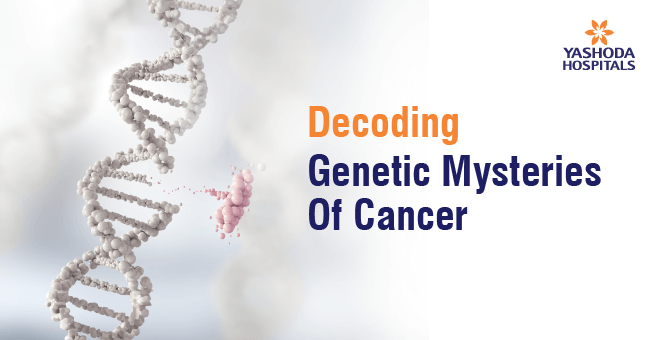
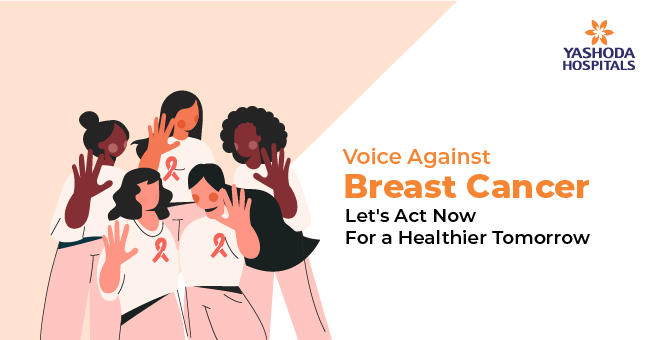
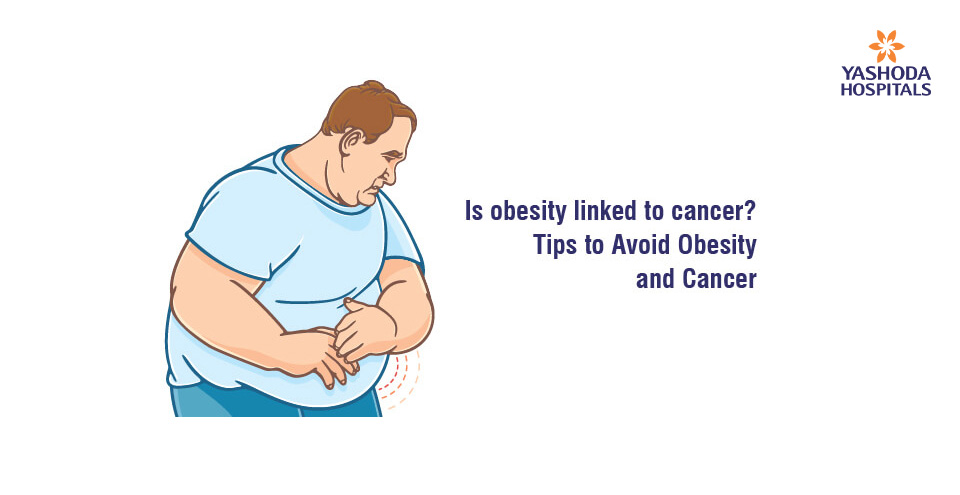

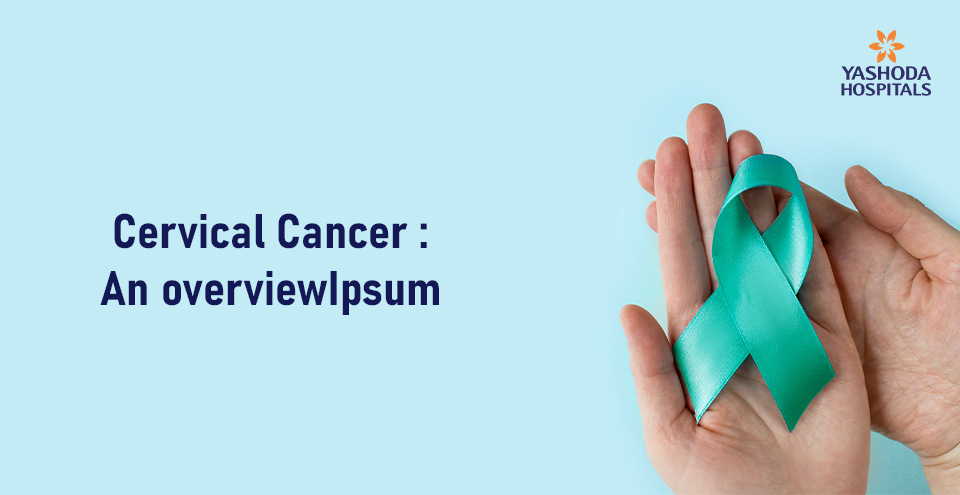
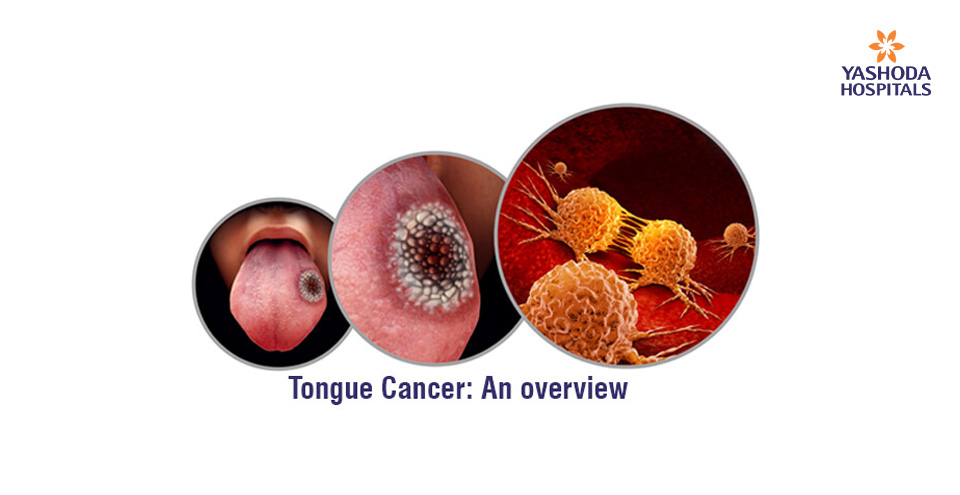

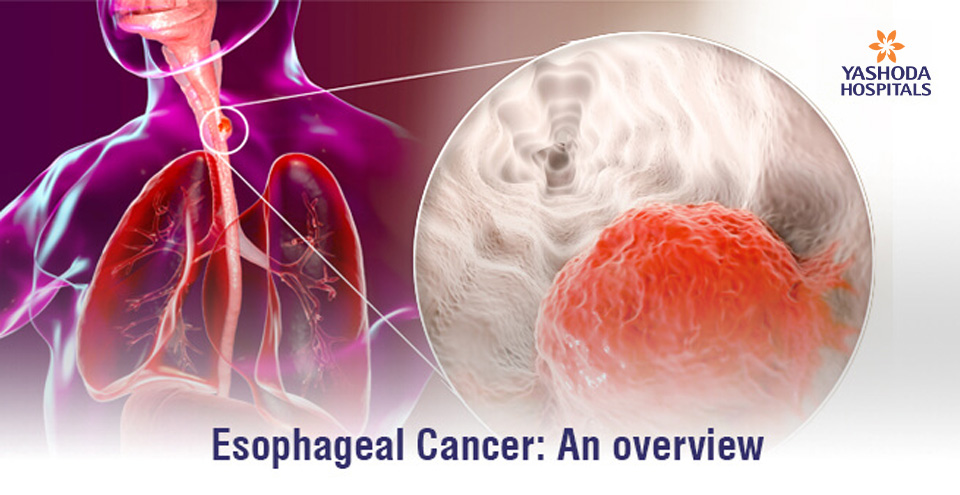







 Appointment
Appointment WhatsApp
WhatsApp Call
Call More
More